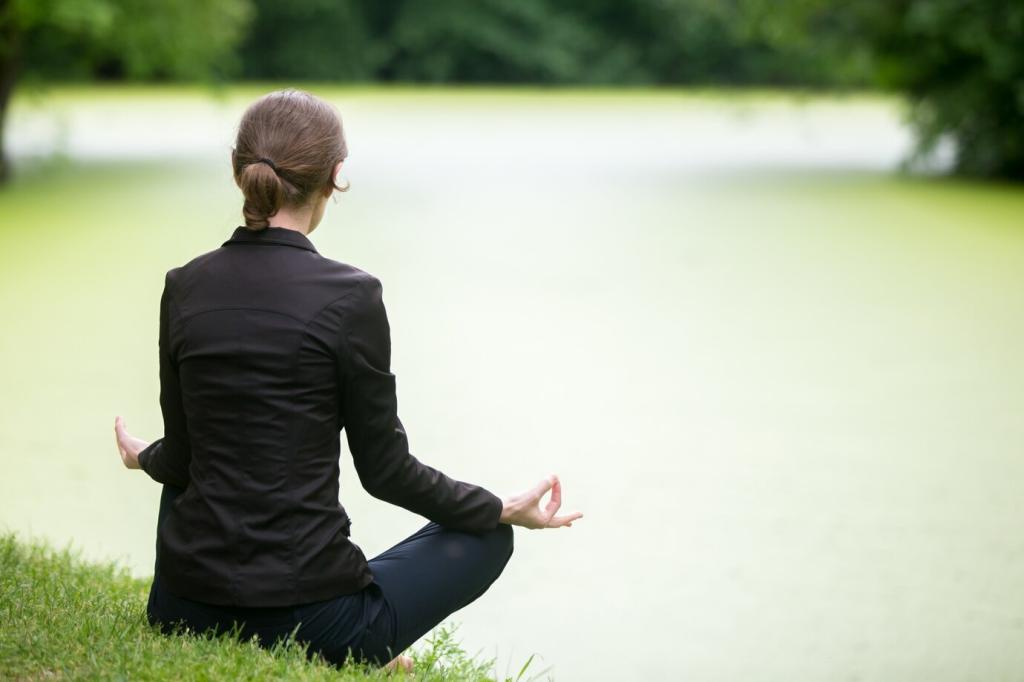Mindfulness Techniques for Self-Improvement
Mindfulness has emerged as a powerful tool for fostering self-improvement in various aspects of life. By bringing attention to the present moment and cultivating awareness of thoughts, emotions, and sensations, mindfulness empowers individuals to take charge of their personal growth. This web page explores proven mindfulness techniques specifically designed to enhance self-improvement, boost mental clarity, encourage emotional balance, and support positive behavioral change.


Diaphragmatic breathing, also known as belly breathing, encourages you to breathe deeply and fully, drawing air into the lower lungs. This technique reduces stress and anxiety by activating the body’s relaxation response. Practiced regularly, diaphragmatic breathing increases your capacity to respond thoughtfully rather than react impulsively to challenging situations. Through this cultivated calmness, you become more mindful of automatic patterns and better equipped to make positive, intentional choices in your self-improvement journey.

Observing your breath without altering it is a core mindfulness exercise. The simple act of noticing inhalations and exhalations cultivates a neutral, steady focus. By returning your attention to the breath whenever the mind wanders, you train your awareness to remain centered during moments of distraction or difficulty. Over time, this repeated process builds your ability to remain present even amid stress, allowing for clearer thinking and healthier responses in the pursuit of personal growth.

Breath counting adds structure to mindfulness practice. By counting each breath, usually cycles of one to ten, you sharpen your focus and deter intrusive thoughts. Each time you lose count, simply restarting brings you back to the present. This practice develops patience, reinforces non-judgmental attention, and gradually enhances concentration—critical skills for meaningful self-improvement. It also serves as a concrete method for noticing shifts in your mental state and gently guiding your attention back to what matters.
Developing Emotional Balance
Body Scan for Emotional Awareness
The body scan is a foundational mindfulness technique that guides you in noticing physical sensations from head to toe. As you shift attention through different body parts, you may uncover tightness, warmth, or discomfort that correlates with certain emotions. This awareness helps you identify and name feelings as they arise. Through regular practice, you cultivate a balanced perspective on your emotions, learning to acknowledge them without instantly reacting. This emotional insight is instrumental in breaking cycles of reactivity and nurturing mature, adaptive responses.
Mindful Noting of Emotions
Mindful noting involves mentally labeling emotions as they surface, such as saying to yourself, “anger is present” or “feeling anxious.” This gentle acknowledgment creates a space between you and your feelings, reducing their grip and intensity. Rather than denying or suppressing emotions, you observe them objectively, allowing them to pass naturally. Over time, this technique fosters emotional resilience and helps you respond rather than react, granting a clearer path to self-improvement through informed, mindful choices.
Loving-Kindness Meditation for Compassion
Loving-kindness meditation focuses on generating compassion and goodwill towards yourself and others. By silently repeating phrases like “may I be happy, may I be at peace,” you nurture a compassionate mindset that counters harsh self-criticism or resentment. Extending these wishes to others promotes empathy and strengthens social connections. Consistent loving-kindness meditation reshapes your emotional patterns, supporting a more balanced, forgiving, and growth-oriented approach to life’s challenges.
Enhancing Focus and Productivity

Single-tasking refers to devoting your complete attention to one activity at a time, whether it’s working on a project, eating, or having a conversation. In a world that prioritizes multitasking, this technique feels counterintuitive but is highly effective. By immersing yourself in a single task, you notice subtle details and reduce cognitive fatigue. Mindful single-tasking enhances both the quality of your efforts and your satisfaction, providing a valuable foundation for continual self-improvement and increased productivity.
